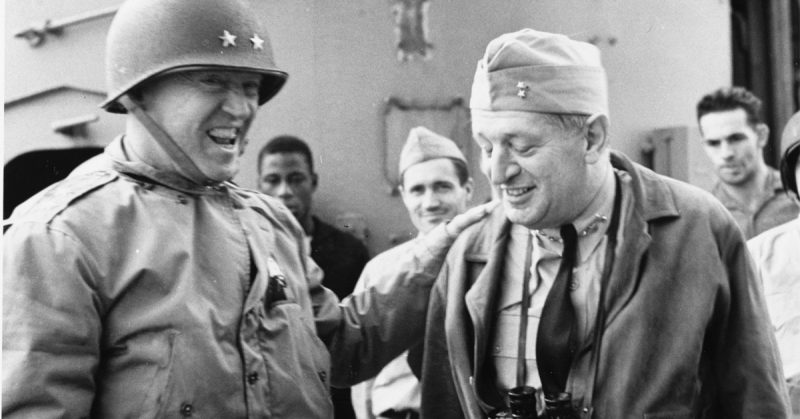Casablanca became famous due to a certain black and white movie bearing its name. Starring Humphrey Bogart and Ingrid Bergman, the film used the Moroccan city as its backdrop. It told the story of love lost, sacrifices made, and the wartime heroics of one cynical man.
But Casablanca was, in reality, a city torn asunder by World War II. The Americans, the French, and the Germans all fought for control of it.
In “Operation Torch Atlantic,” in November 1942, the U.S. sent thousands of troops to the North African coastal region in the North Atlantic, marking its first campaign in the war. When the Americans initially landed, the operation was massive, complex, and rather disorganized.
Groups of Allied soldiers were split into three sections. The two largest ones landed around the cities of Casablanca and Fedala. The Americans hoped the French would simply acquiesce, but that was an error in judgment which would cost the U.S. considerably.
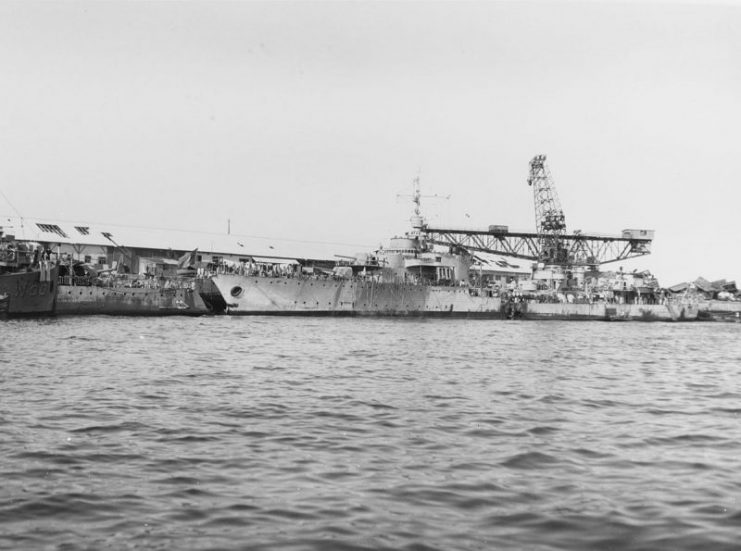
The operation started out as something of a mess. The soldiers were inexperienced at landing in Atlantic coastal waters. The ruling Vichy French were angry, ready for a fight and gave it to the U.S. as they were unsure who was landing in these boats. Was it the British? The Americans? The Germans?
Eventually, the Americans prevailed and got thousands of soldiers safely on shore. But French leaders in Casablanca stubbornly refused to surrender and sign a truce. Skirmishes continued, on land and at sea, but finally, Americans took control of the waters surrounding Casablanca.
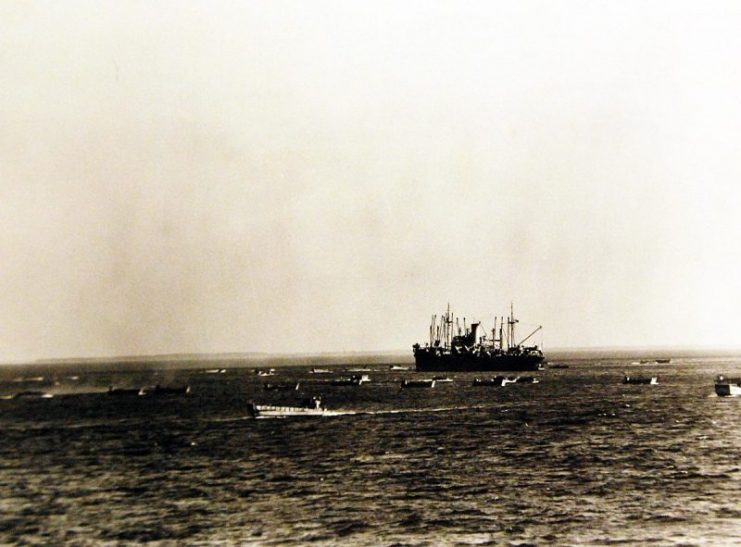
The French tried to fight in the north near Media. But their equipment was inferior to that of the Americans.
Their tanks were relics of the Great War and they were soon overwhelmed. No matter where they attacked – the bridgehead, the beach – French soldiers could not claim any turf the U.S. troops wanted.
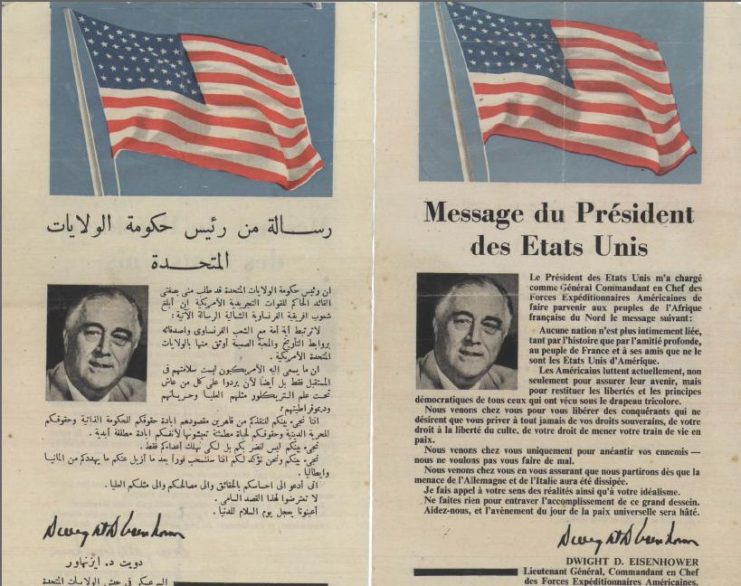
American soldiers sailed in under cover of darkness in rubber dinghies and made their way to the Port Lyautey airstrip. They seized control of the airport, and American planes began flying in almost immediately.
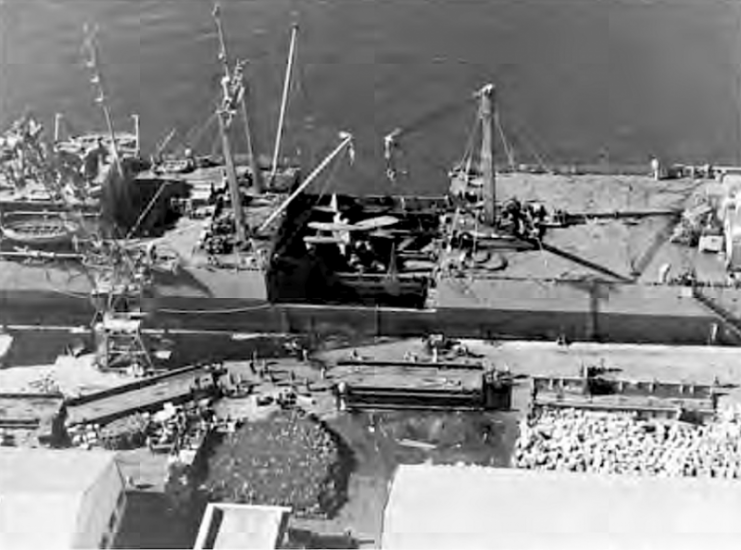
More soldiers landed at Safi, a small village south of Casablanca. It was an ideal place for landing tanks. The U.S. streamlined several ships, each with almost 150 soldiers on board, and headed straight for the harbor. After a successful landing, the tanks headed for Casablanca.
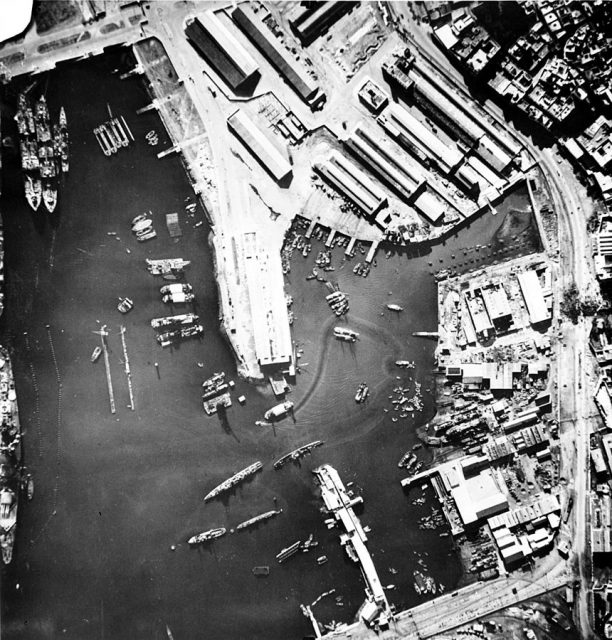
By November’s end, an uneasy peace was reached between American and French forces in the region. The French never signed formal surrender papers, but an understanding prevailed, and they no longer fought the Allied troops.
The French kept their weapons, they flew their flags and were in charge of civilians. (“This could be the start of a beautiful friendship,” says Bogart at the movie’s emotional conclusion.)
But there was still work to be done and German troops to fend off.
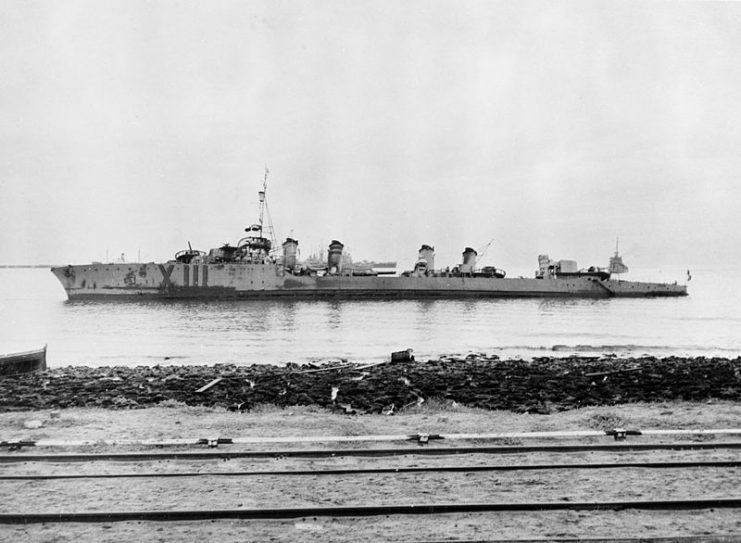
Read another story from us: Rommel Defeats the Free French: Battle of Bir Hakeim
The Germans came, their U-Boats causing havoc and the destruction of much of America’s fleet. The U.S. couldn’t prevent the Nazis from landing, and they paid dearly: 337 men were killed 37 were injured, 122 were missing in action, and a further 71 were captured and taken prisoner by the Germans.
But the Americans had control of the North Atlantic coast of North Africa, supply lines were secure, and the French soon joined forces with the Allies.
A beautiful friendship indeed.
